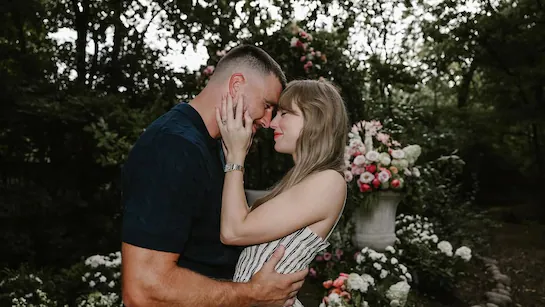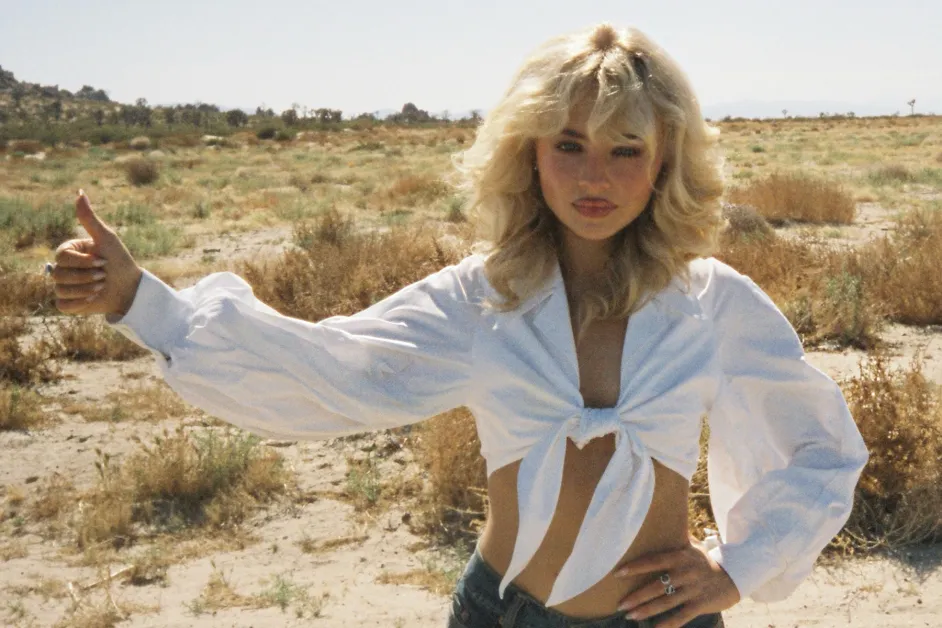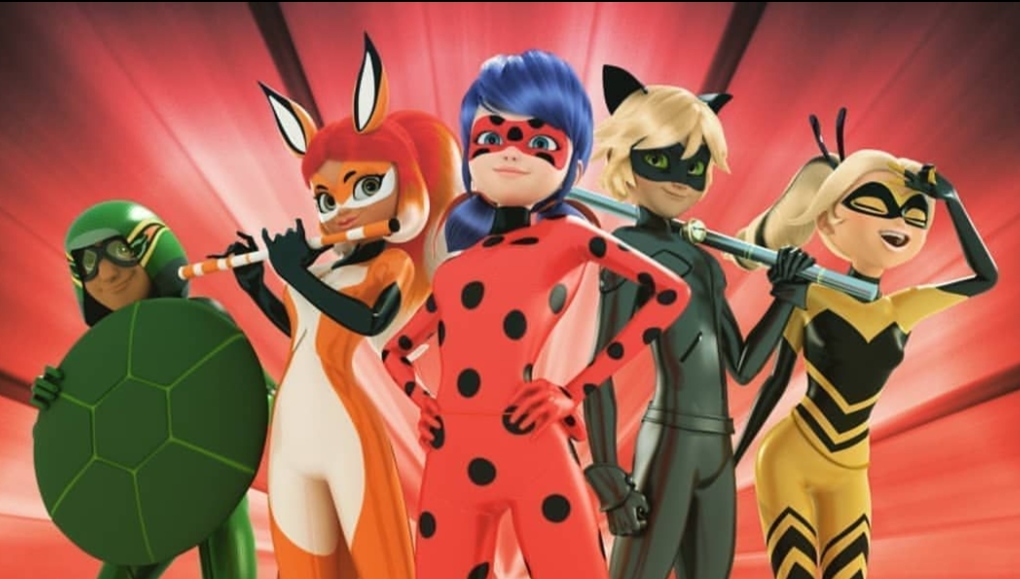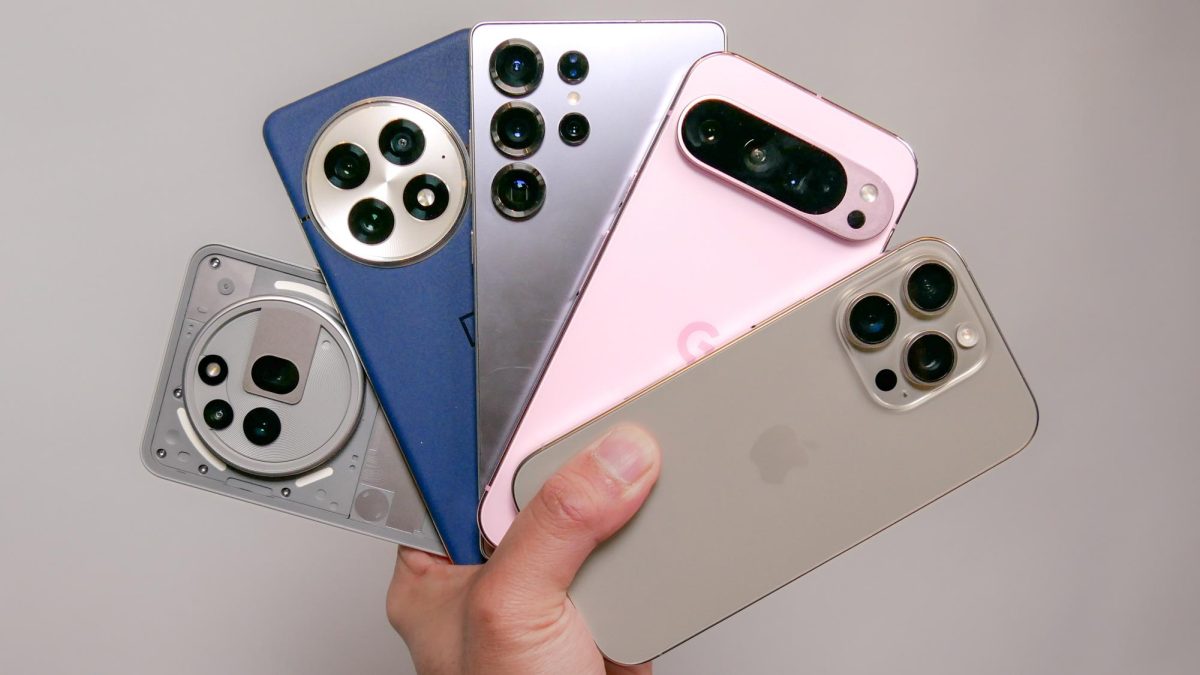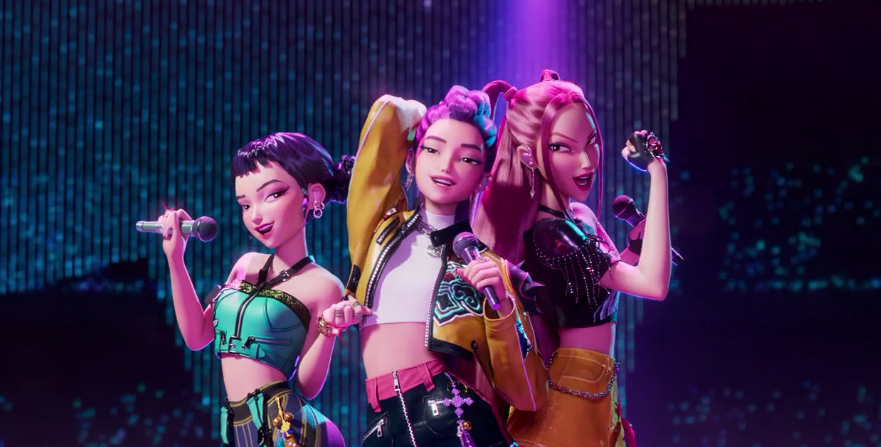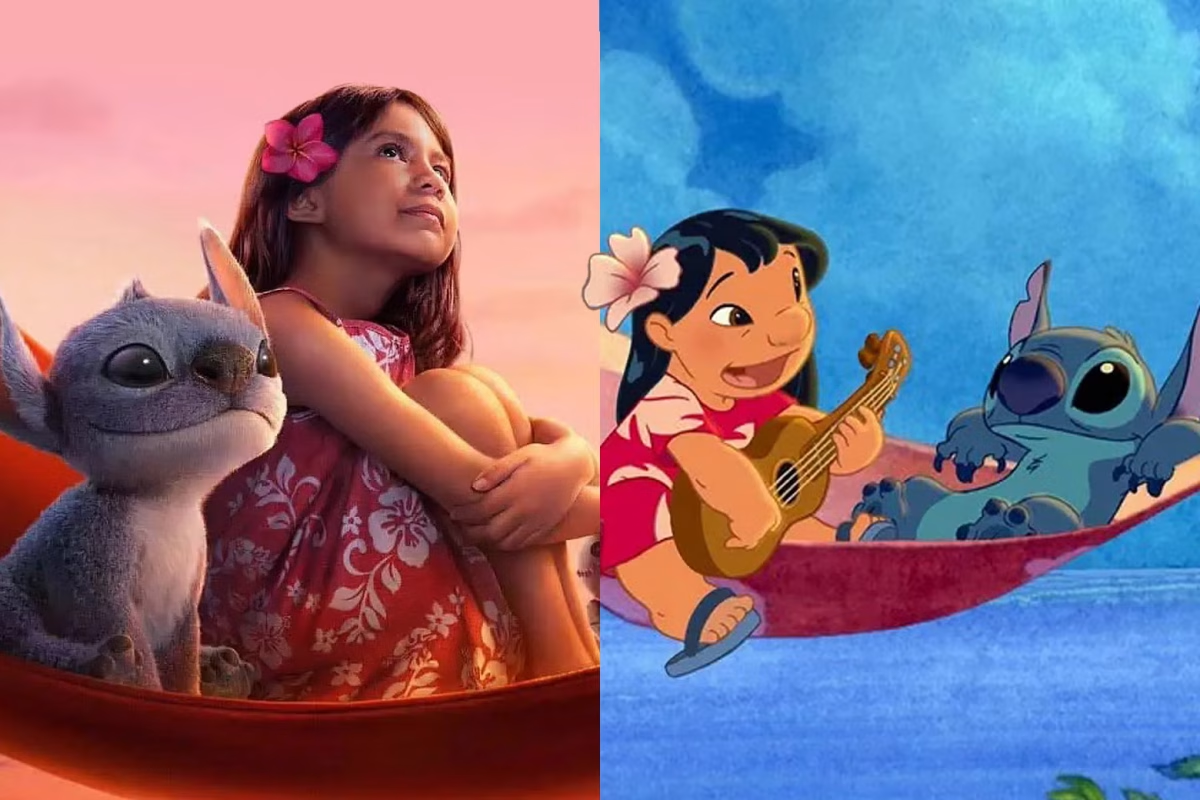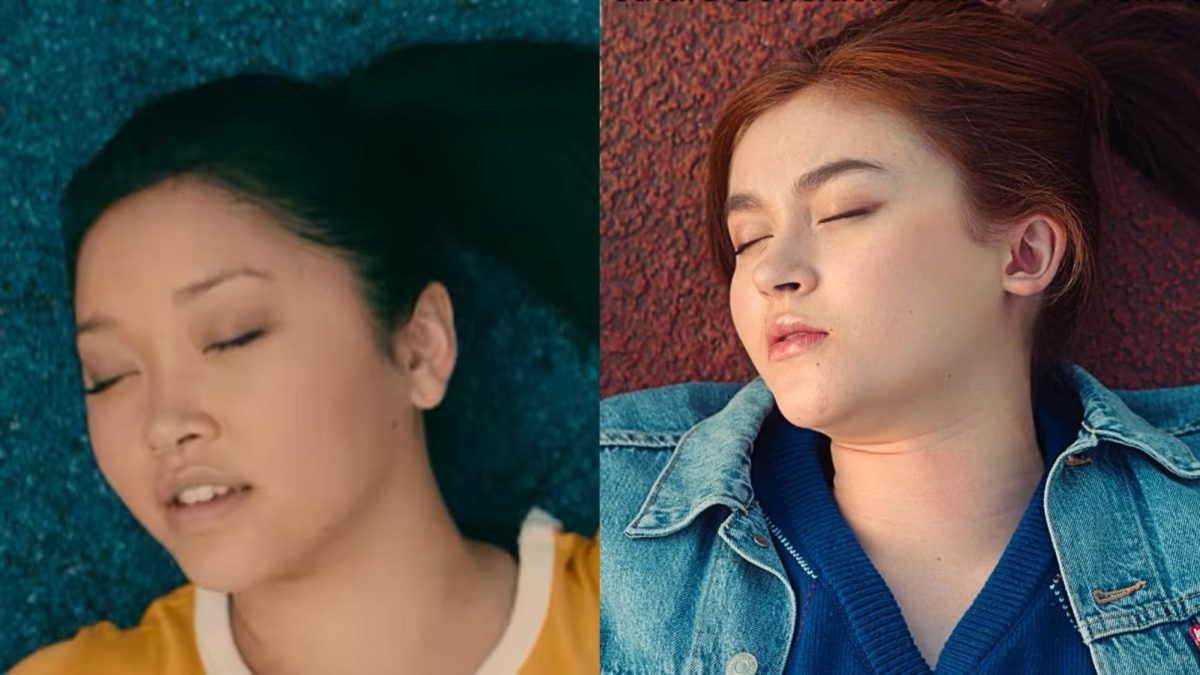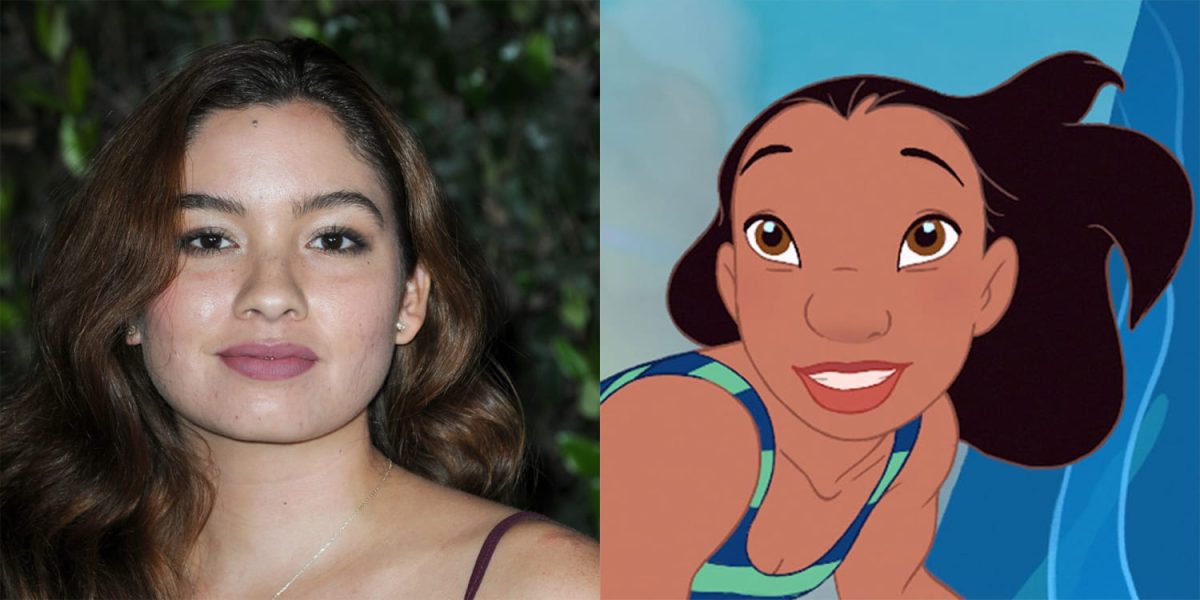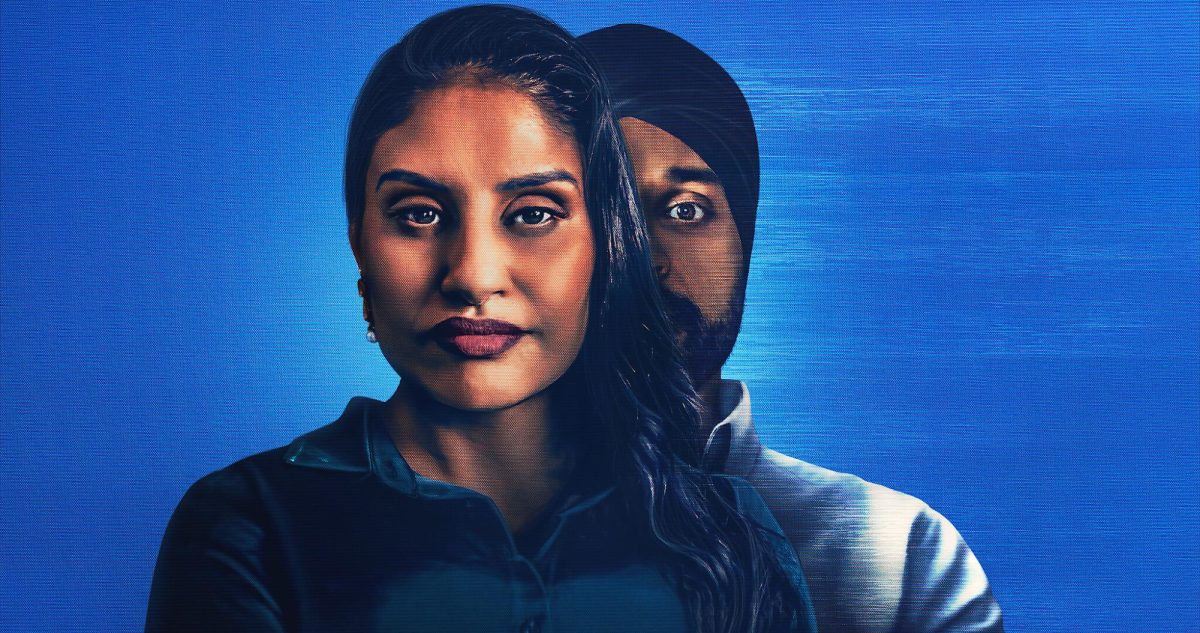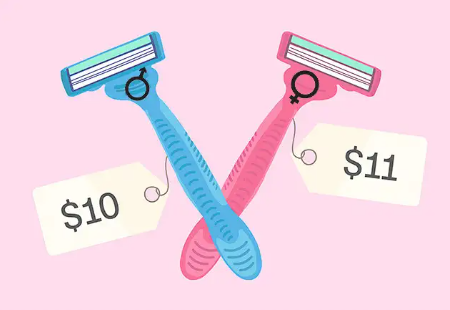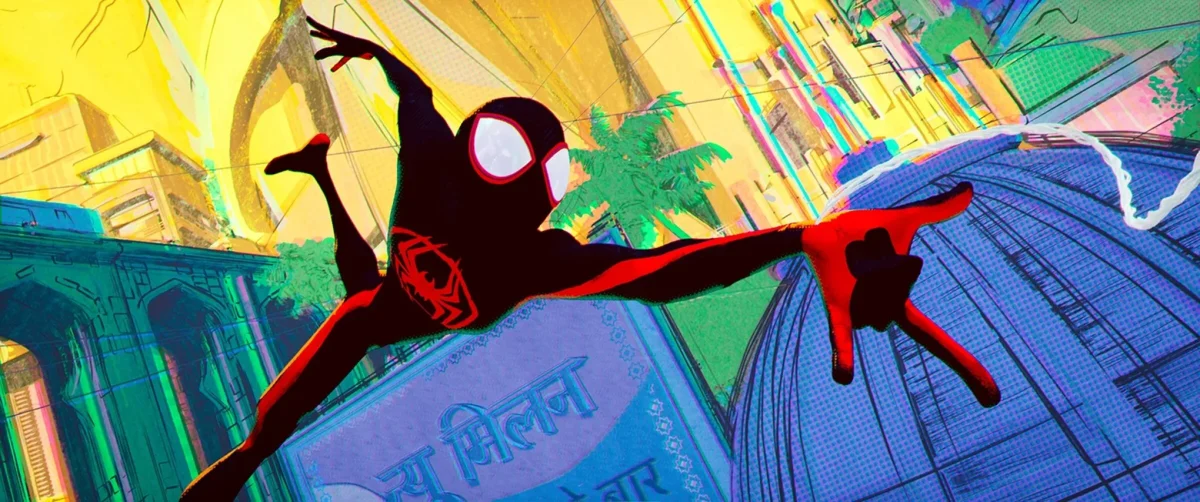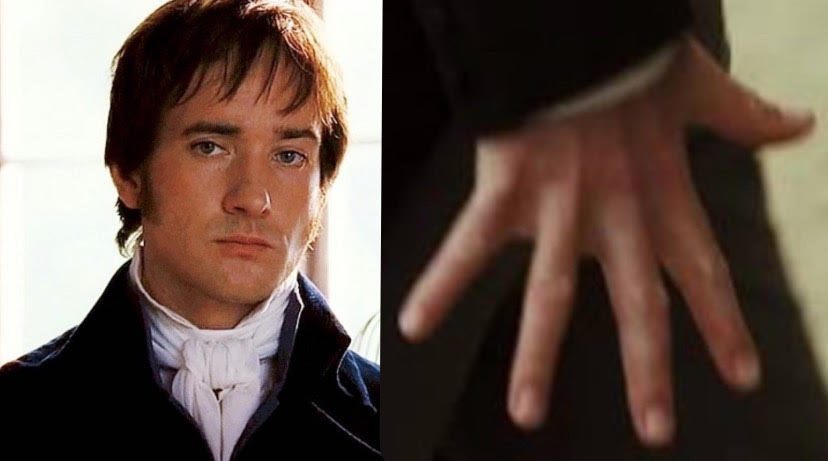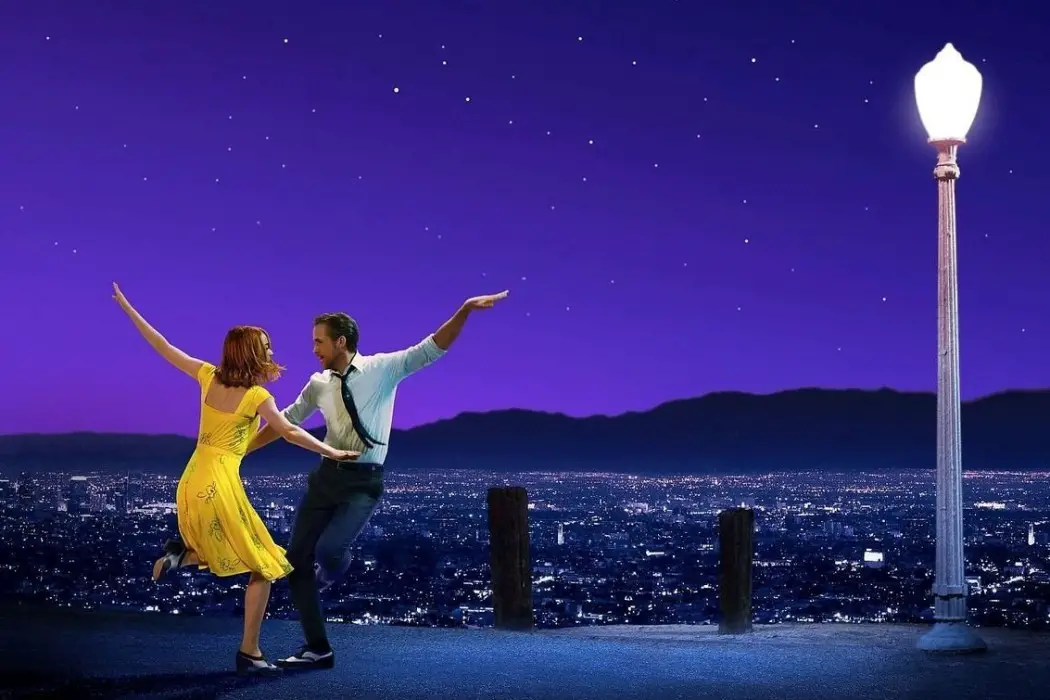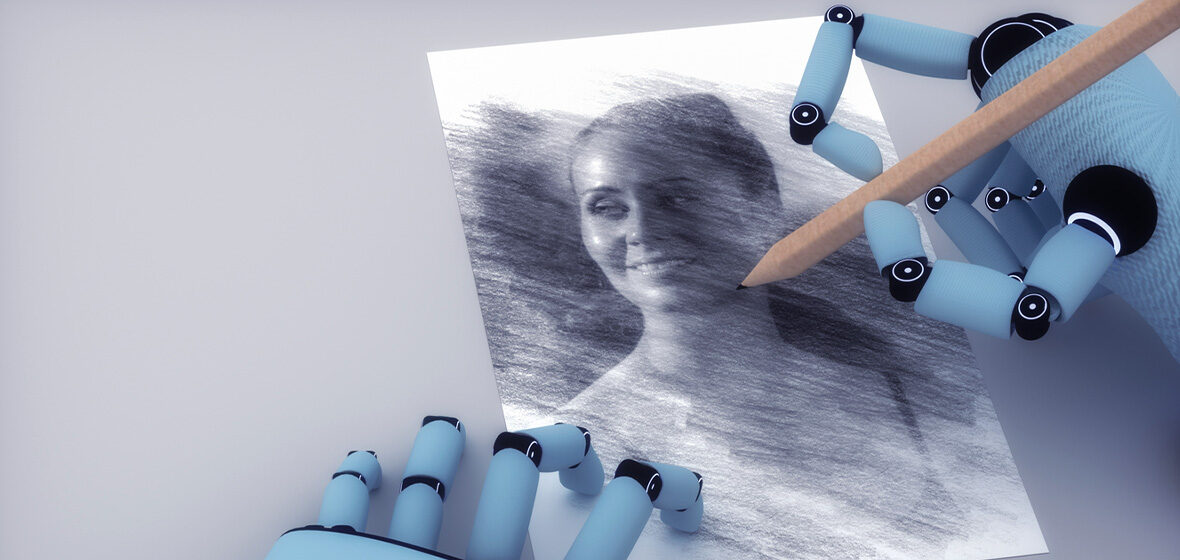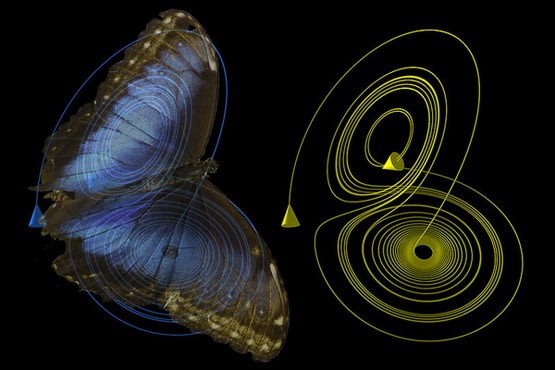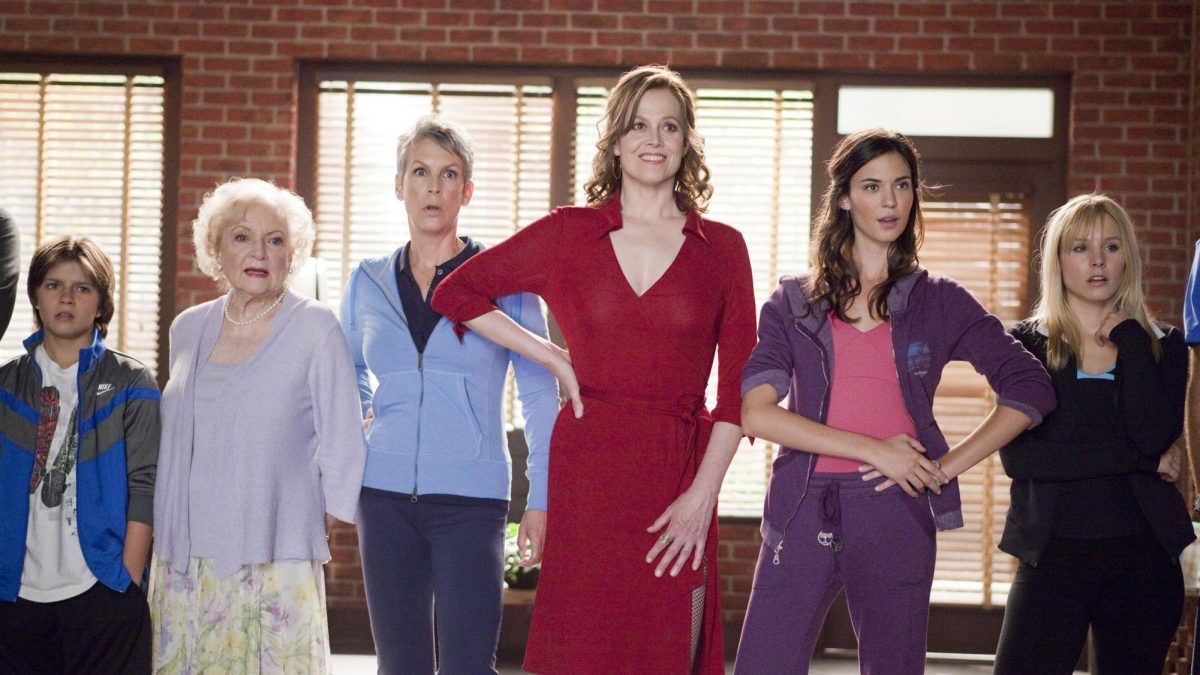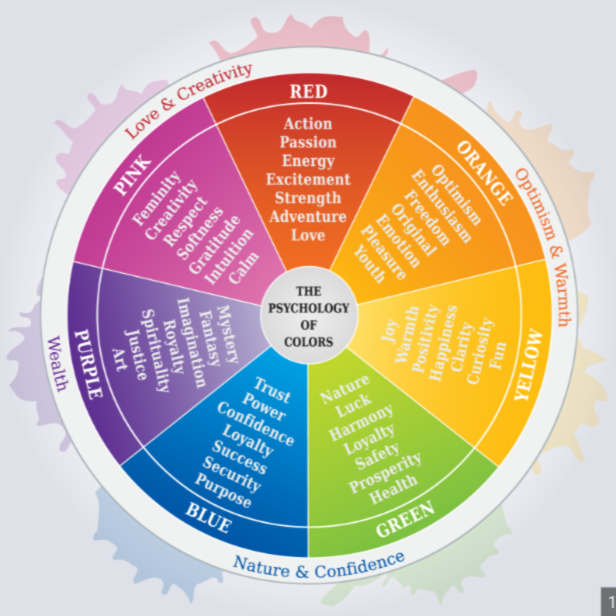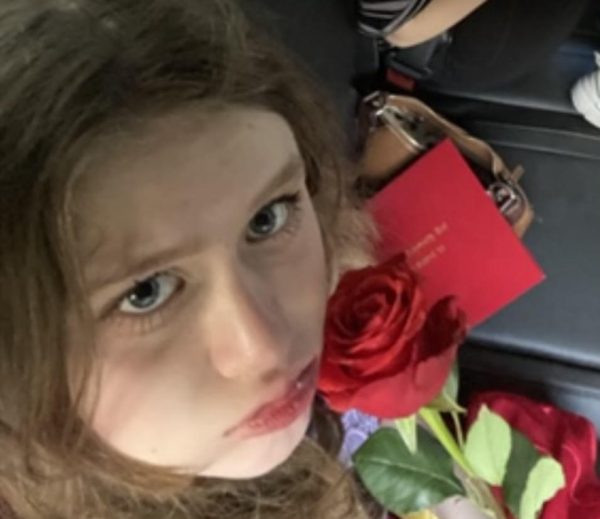Disney is continuing their live-action remake period, which isn’t all that surprising. They recreate a movie, people get mad over something, and either way, end up watching it, giving Disney a lot of money. When moving down the list of animated films to remake, it was only known that Lilo and Stitch would be an option. On the surface, it didn’t seem as bad as the other live-actions that had come out prior to the movie. The actress who plays Lilo, Maia Kealoha, was widely seen as a perfect fit for Lilo. The movie even got Chris Sanders— who played the original Stitch— to come back. But when the movie came out, a lot of things raised red flags. As always, before reading this, be aware that there will be spoilers for the 2025 live-action film.
A general problem with fans yet again was casting. If you’re familiar with Disney’s controversies with live-actions, a huge part is casting. Snow White, Ariel, Tinkerbell— these all have been criticized by fans for race swaps. But unlike all of the ones before, Nani’s is the one that makes sense for angering fans. In Hollywood, it is well known that Pacific Islanders and Hawaiians are not well represented in the media. The actress playing Nani, Sydney Agudong, was born in Hawaii but is half white and half Filipino. The casting made a lot of fans hurt by the fact that Disney had decided to “whitewash” a character that could serve as a source of representation to a small community. I have already made an article on this, so I will stop there. If you want to know more, feel free to read it here.
The film added way too many new characters who were unimportant and forgettable. They practically split Cobra Bubbles’ character into two separate characters. Now, instead of having the social worker be scary, they create a new character, Mrs. Kekoa, played by the original voice actress of Nani. This made Cobra Bubbles’ character a C.I.A. agent only instead. Adding on to the new character list, the movie decided to give the sisters neighbors— the most relevant one being Tutu. There really isn’t any confirmed reason known for why they added so many new characters.
In contrast to that, they removed a lot of characters— most importantly, the main villain of the original movie, Gantu, was removed. A villain in the original movie really anchors the final act and brings back the starting plot. Removing Gantu as a character forced the writers to make a new villain— or at least someone who could fill in the space of him— to subsequently move the plot forward. So they went with Jumba, which makes sense on the surface, as he was a villain in the beginning of both of the movies. But in making him the villain, they completely ruin his character arc, get him taken away, and put in jail— removing him from the ohana message in the end. Understandably, fans were upset about this. For the most part, Jumba was a truly loved character.
From all the backlash, in an interview with Dean Fleischer Camp, the director of the film, he was straight-up asked why there wasn’t Gantu. He reasoned casually, “In trying to ground these characters more and tell a story with a little more emotional depth,” he continued, “especially between the sisters, I feel like you have to free up real estate to allow that breathing room to do those things” (Cinema Blend). This answer did not satisfy fans. In my opinion, if a major character or a major part of your movie doesn’t work for a live-action remake, then don’t change or even make it a live-action. Cutting important scenes and characters that drive the story forward is a bad move— especially when trying to defend it with “it helps character growth.”
Which leads to another complaint in the movie: the sisters— specifically Nani— lost their spark and emotional depth that made them notable. Even Stitch lost a part of his story. Something fans also picked up on immediately is that they significantly changed how Lilo behaves, making her “less weird.” While this may seem a little insignificant, it’s a lot bigger than some might think. In the original film, Lilo was weird— not in a cute way, but in a genuinely weird kind of way. But that’s a huge reason people liked her so much in the original. In the new version, they get rid of Lilo’s doll collection completely and making Lilo just give Myrtle a light shove instead of Lilo punching and hitting her. Her original character gave her her own type of humor. Without that, Disney is choosing to play it safe with Lilo as a character.
Again, with love interests in new Disney, I was disappointed— but the way they shaped David on screen was extremely disappointing. They now made David a neighbor as well as a coworker for Nani. Yet Nani and David still don’t really know each other that well. The sister’s development with David and his relationship with the sisters— as well as accepting Stitch— would have made for a wholesome moment of acceptance of Stitch without being forced to accept Stitch as he is.
Ohana was such a misused word in the live-action, it is actually appalling. But changing the initial meaning of “Ohana means nobody gets left behind” to “Ohana means we’re family, but separation can still work” is both frustrating and diminishes plot points. Such as in the original, when Nani wanted to get rid of Stitch, Lilo had the argument that the word ohana always meant they stay together. Without the meaning being to stay together, it makes Nani’s original distaste for Stitch completely unrealistic for keeping Stitch in the first place. Director Dean Camp had said, in fact, he wanted to “thematically modernize and update [the story] for this live-action version… broadening the idea of ohana and complicating it with a little more nuance” (Deadline). But when modernizing the meaning changes the story to have the characters become realistic and reasonable, is that really the best decision— or just poor writing?
The biggest thing talked about in this film is definitely Lilo being put up for foster care. I don’t have any idea what the writers were doing for this ending. No matter how much Camp tries to explain the “rebrand,” it will never become a liked movie from fans. Not only is putting up Lilo for adoption depressing, but it even more so ruins the story and its characters. Disney is a company known for the positives in life— having light in a dark situation. Yet the one person Lilo had in her life, who she could look up to and have vulnerable moments with, just gives her up. And it’s not even for a good reason. In the original Nani’s character would have done literally anything for Lilo— taking as many steps to have Lilo in her care, whether she’s fit as a guardian or not. Forcing her to stay behind in life to provide her sister a better experience and the childhood she deserves. In the new movie, they make Nani want to become a marine biologist. Yet they showcase her being most happy and interested when surfing— which would make sense because in the original she won a bunch of awards for it. Either career path makes no sense for leaving Hawaii, because Nani’s location in the movie was close to some of the best colleges. Hawaii is a good— if not the most ideal— place to learn about marine biology because you are constantly by the ocean. So it would make no sense for Nani to go to a college outside of Hawaii
Once again Lilo and Stitch 2025 proves Disney does not understand what an audience wants in an unnecessary remake. Making a bunch of unnecessary changes shouldn’t have been that surprising for the company at this point. Which made the movie very disappointing.

